- Council of the Great City Schools
- Students Speak Out at Council Town Hall Meeting
Digital urban Educator - November/December 2024
Page Navigation
- Council Selects 11 Educators to Join the Michael Casserly Urban Executive Leadership Institute
- Voters Decide on Education Ballot Issues
- New Leaders Named in San Francisco and Cincinnati; Baltimore Leader Tenure Extended
- Bestselling Author, Political Analyst, and Space Activist Address Council at Fall Conference
- Students Speak Out at Council Town Hall Meeting
- Toledo Superintendent Named Urban Educator of the Year
- Council Names David Lai Director of English Language Learner Policy and Research
Students Speak Out at Council Town Hall Meeting
-
DALLAS--Where do most high school students get their political news? TikTok.
That’s the view of students who participated in a national town hall held in conjunction with the Council of the Great City Schools’ 68th Fall Annual Conference.
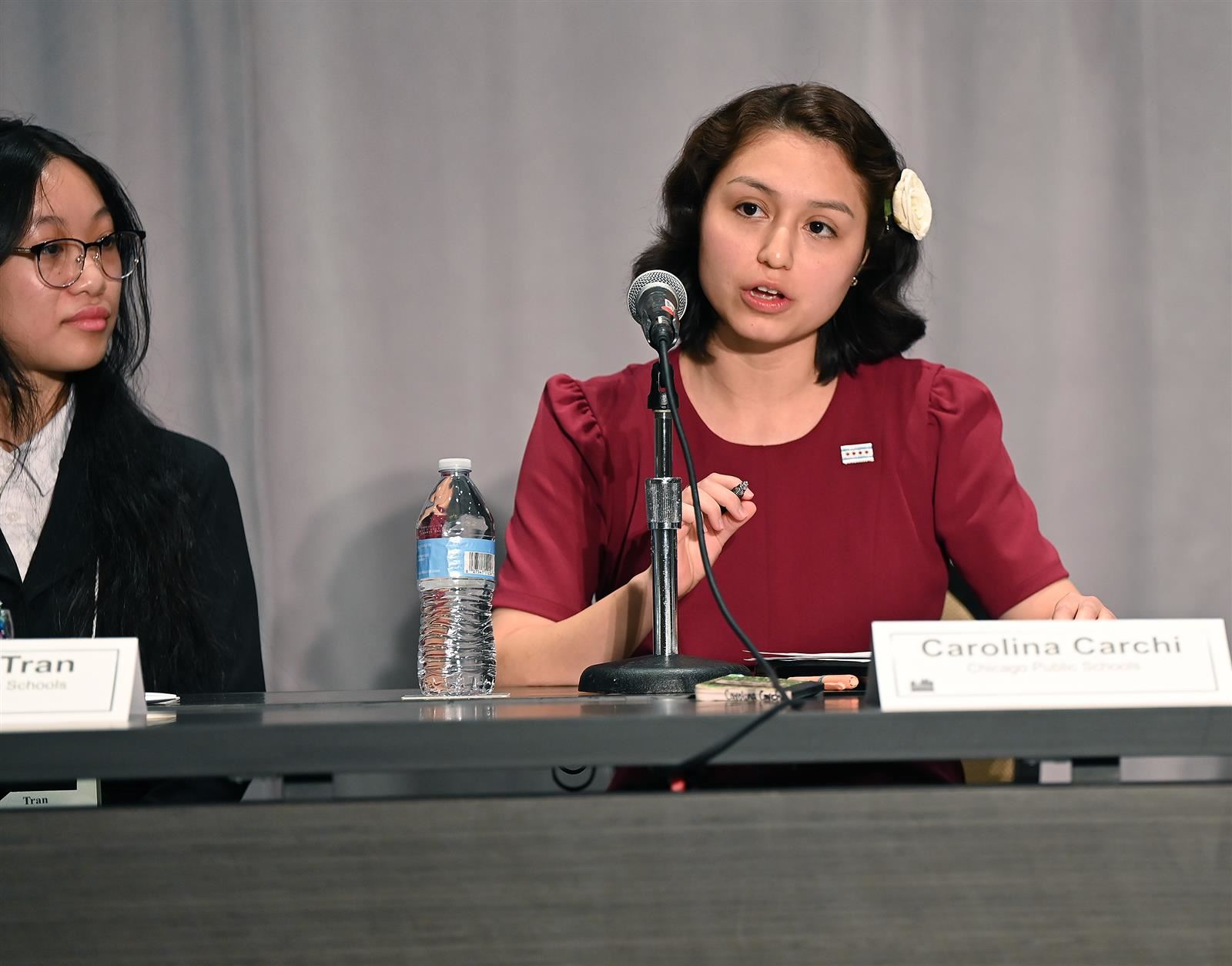
NBC News’ Chief Political Analyst Chuck Todd moderated the 90-minute town hall, featuring nine students from urban school districts across the nation who took part in an insightful discussion on issues facing today’s youth.
Although young people are the largest cohort of citizens eligible to vote, they turn out at significantly lower rates than older Americans. Todd asked the panelists why the nation’s youth are not more significantly engaged in the political process and what can be done to improve youth voter turnout.
Carolina Carchi, a senior from Chicago Public Schools, serves as honorary student board member for the Chicago Board of Education. She said young people often feel disconnected from the political process, which contributes to low turnout, and that many feel the two political parties do not truly represent their interests.
“We view them as ‘two wings of the same bird,’ each promoting distinct values but ultimately supporting policies—such as continued involvement in wars—that do not align with our vision for the future,” said Carchi.
She said that instead of investing in education, healthcare, climate action, and other vital needs, more than $800 billion in U.S. tax dollars is directed toward the U.S. Defense Department, which creates a sense of disillusionment among young voters.
“Providing education on the voting process, creating easier access to voting through measures like same-day registration, and mobilizing communities through grassroots movements can empower more young people to participate in shaping the future that we envision,” said Carchi.
Todd noted that several school districts have implemented cell phone restrictions in schools and asked the panelists if they think restricting cell phone use in schools is a good idea.
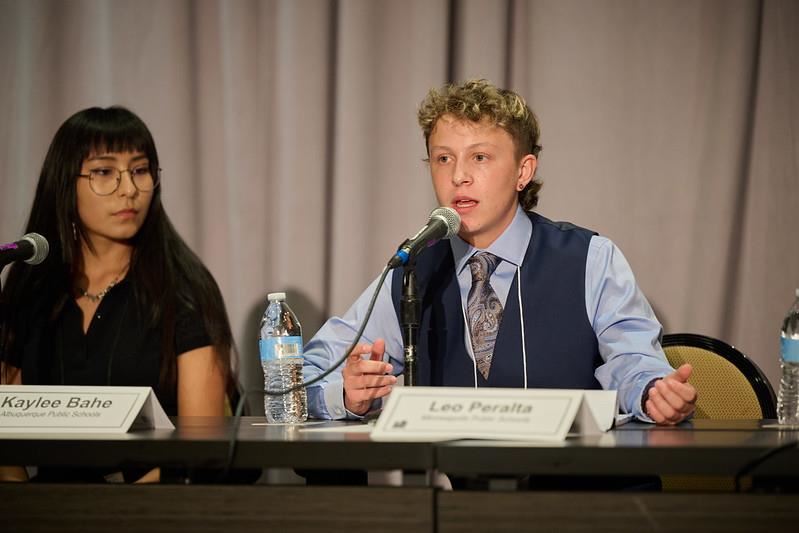
“Test scores will not increase by simply banning cell phones,” said Leo Peralta, a senior at Roosevelt High School in Minneapolis, who serves as a student representative on the Minneapolis School Board.
He said he believes that banning cellphones is not a magical fix to improve academic achievement or mental health issues and will not fix problems that are the fault of the underfunding of public schooling.
“Though I am conflicted about banning cell phones, I am generally of the belief that highschoolers should have autonomy over their own device, as they are responsible for their own productivity once they graduate and need to learn how to balance screen time on their own,” said Peralta. “If cell phones are going to be banned, we should start with elementary and middle schoolers only.”
Todd asked the panelists about their views regarding school resource officers and what initiatives they suggest school districts implement as alternatives to make schools safer.
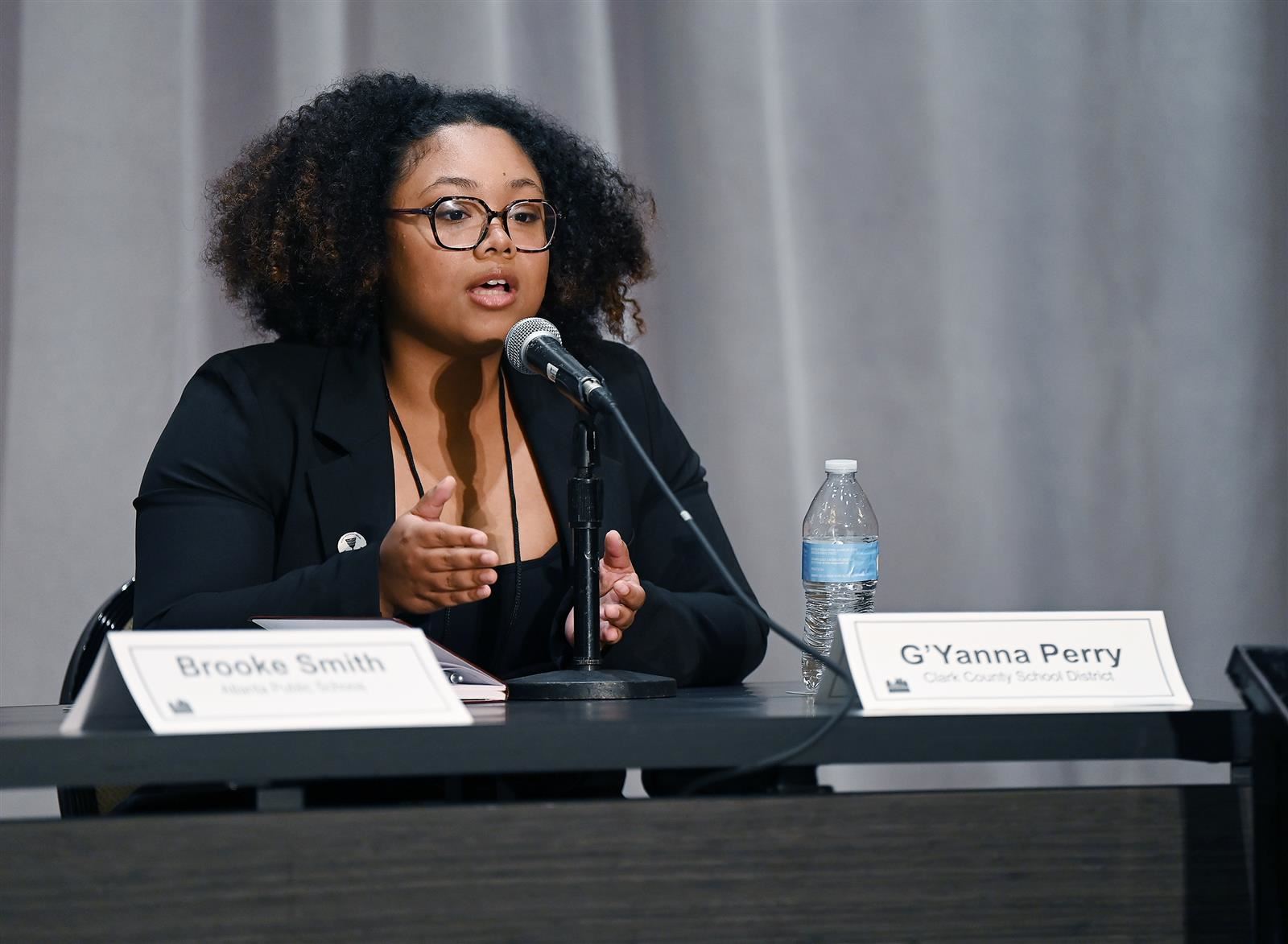
G'Yanna Perry, a senior at Advanced Technologies Academy in Las Vegas, believes that instead of school districts relying on armed school resource officers, administrators should implement restorative justice circles.
She said she has conducted restorative justice circles with fellow students and has found them to be very effective because they provide students and teachers with a safe space to connect and share.
The panelists were asked about chronic student absenteeism and what they believe educators can do to encourage more students to attend school.
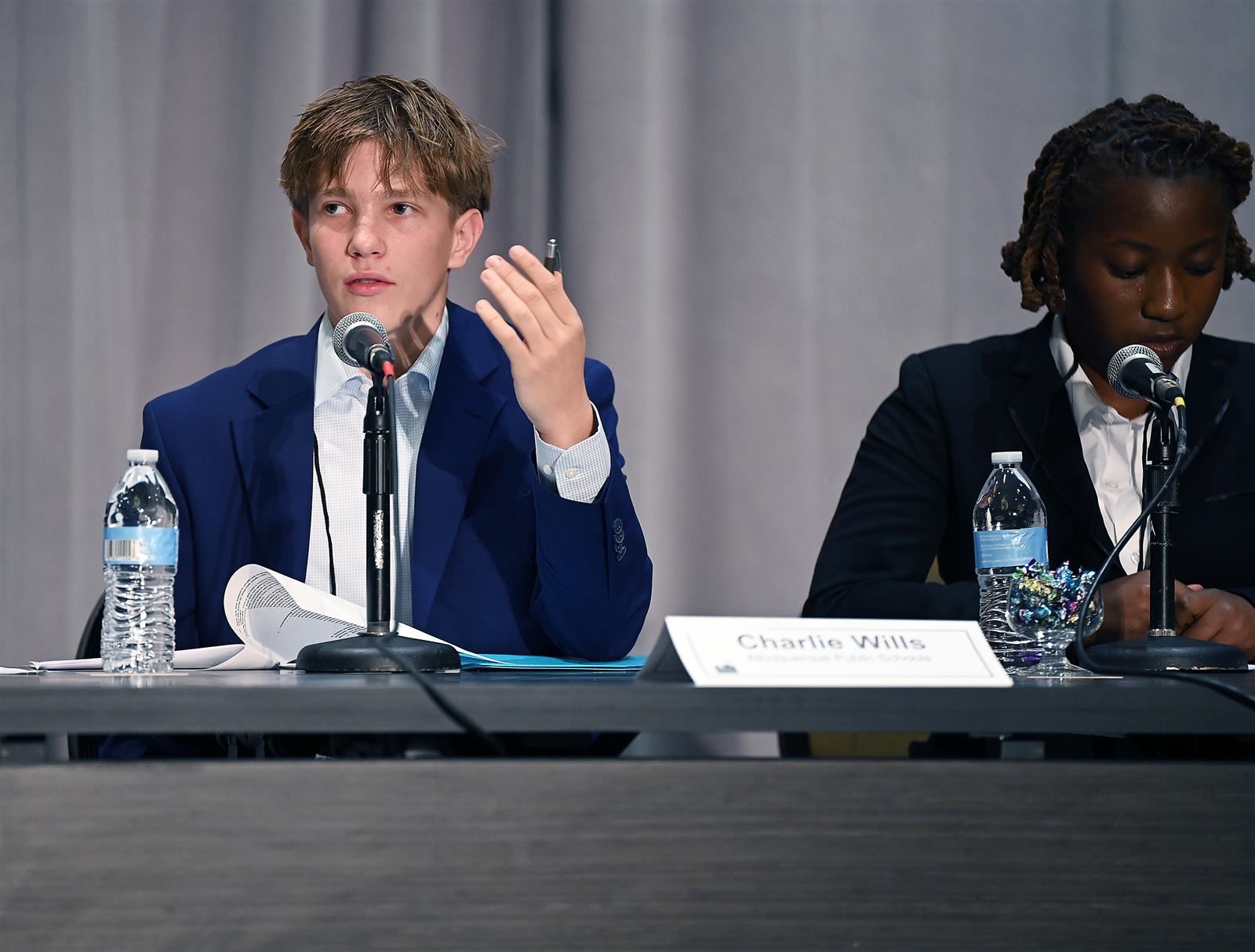
Charlie Wills, a sophomore from Albuquerque Public Schools, said chronic absenteeism is a serious problem at his school and believes that part of the problem is the lack of mental health resources. He noted that at his high school with 1,200 students there are probably only six counselors.
“It’s not the counselors’ fault. They can’t keep up with all these kids missing class and getting one-on-ones with them,” said Willis. “It’s just not enough resources for a lot of students.”
Brooke Smith is a sophomore and chair of the Atlanta Public Schools student advisory council, and said her peers on the council have discussed the pressing need for professional student advocates who would receive training to conduct home visits and act as liaisons between schools and families. These advocates would address barriers to attendance, such as transportation challenges, insufficient clothing, or family crises.
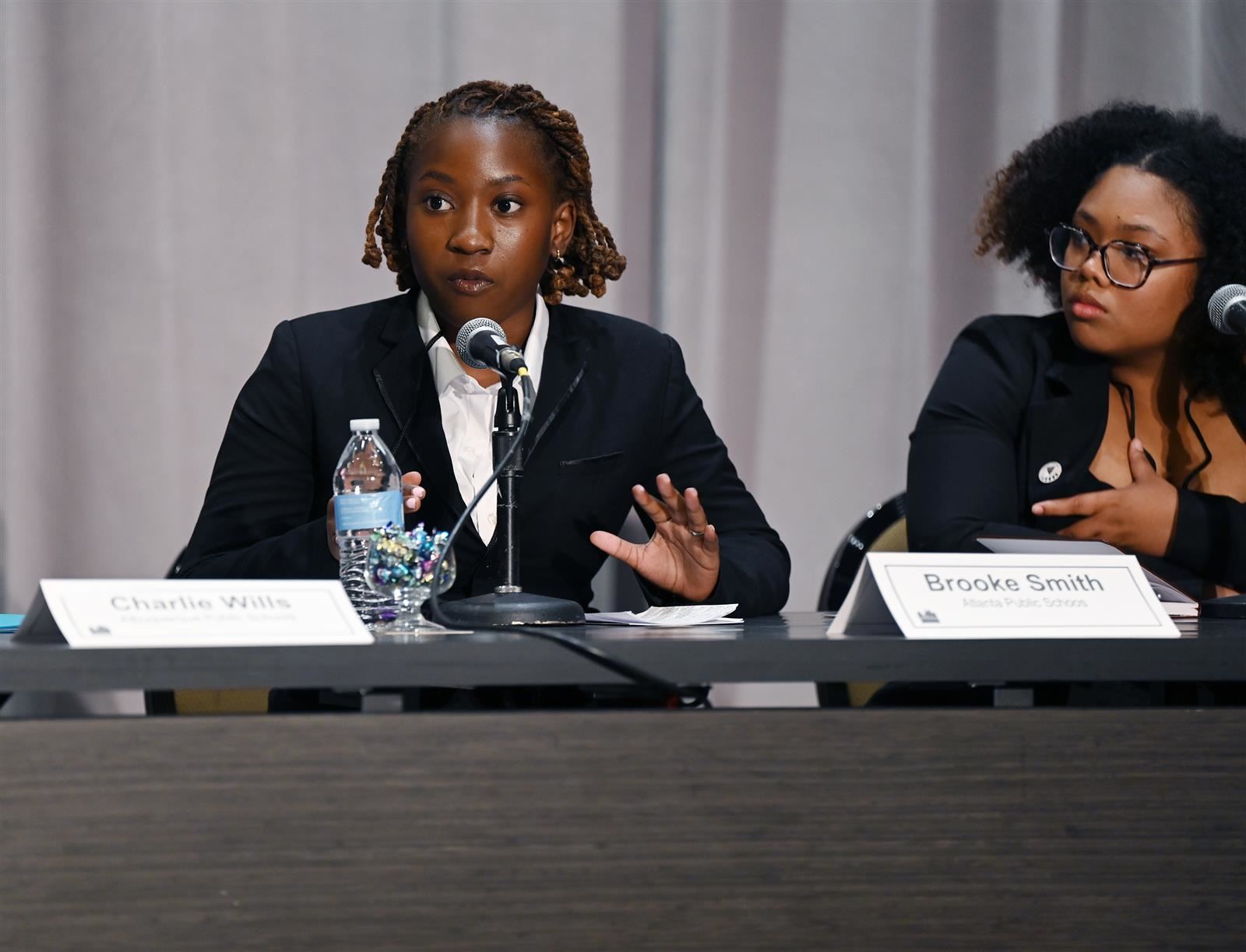
“We believe that a non-punitive approach is the most effective way to combat chronic absenteeism among high school students,” said Smith. “By focusing on supporting families and addressing underlying issues, rather than imposing penalties, schools can create a more sustainable and compassionate solution to this growing concern.”
Media Contact:
Contact Name
Contact@email.com
(000) 000-0000
Contact Name
Contact@email.com
(000) 000-0000
Contact Name
Contact@email.com
(000) 000-0000
Media Contact:
Contact Name
Contact@email.com
(000) 000-0000
Contact Name
Contact@email.com
(000) 000-0000
Contact Name
Contact@email.com
(000) 000-0000


